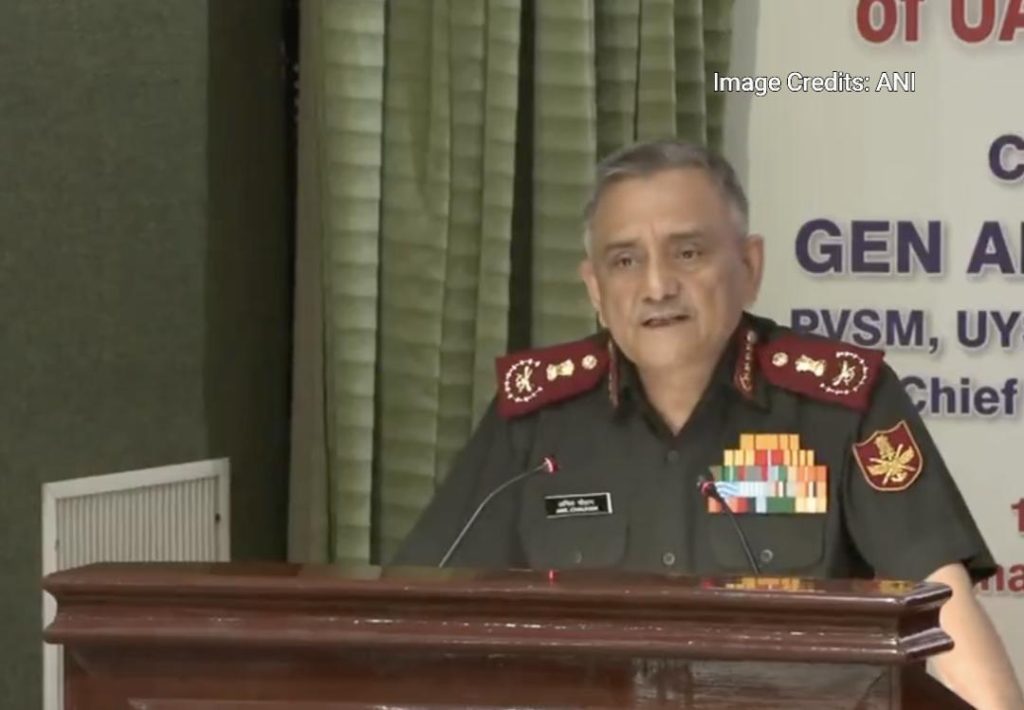
Pak used unarmed drones & loitering munitions: CDS Anil Chauhan
In a recent update on the conflict between India and Pakistan in May, Chief of Defence Staff (CDS) General Anil Chauhan revealed that Pakistan used unarmed drones and loitering munitions during the conflict. However, he added that none of these drones and munitions inflicted any damage to the Indian military or civil infrastructure.
According to General Chauhan, most of these drones and munitions were neutralized through kinetic and non-kinetic means. Some of them were even recovered in almost intact conditions, suggesting that the Indian military was able to effectively counter Pakistan’s attempts to use these weapons.
The use of unarmed drones and loitering munitions by Pakistan is not a new tactic, but it’s a worrying trend that highlights the evolving nature of warfare. Loitering munitions, in particular, are a type of weapon that can be used for both military and civilian targets. These weapons are designed to loiter in the air for extended periods, waiting for a target to appear before striking.
The fact that Pakistan used unarmed drones and loitering munitions during the conflict also raises questions about the effectiveness of India’s air defenses. While General Chauhan’s statement suggests that the Indian military was able to neutralize the threat posed by these weapons, it’s unclear whether India’s air defenses were able to detect and intercept the drones and munitions before they reached their targets.
The use of unmanned aerial vehicles (UAVs) and loitering munitions is not unique to Pakistan. Many countries, including the United States, Israel, and China, have developed and deployed these types of weapons. However, the fact that Pakistan used these weapons during the conflict highlights the need for India to remain vigilant and prepared to counter these types of threats.
In recent years, there has been a growing trend towards the use of UAVs and loitering munitions in modern warfare. These weapons offer a number of advantages, including the ability to strike targets from a distance, reduce the risk of casualties, and provide real-time surveillance.
However, these weapons also raise a number of concerns, including the potential for civilian casualties, the risk of misidentification, and the potential for escalation. The use of unmanned systems also raises ethical questions about the role of humans in warfare and the potential for autonomous decision-making.
In the context of the conflict between India and Pakistan, the use of unarmed drones and loitering munitions highlights the need for both countries to engage in dialogue and diplomacy to reduce tensions and prevent future conflicts. The use of these weapons also underscores the need for India to continue to invest in its air defenses and develop new technologies to counter these types of threats.
In conclusion, General Anil Chauhan’s statement highlights the need for India to remain vigilant and prepared to counter the evolving nature of warfare. The use of unarmed drones and loitering munitions by Pakistan during the conflict is a worrying trend that highlights the need for both countries to engage in dialogue and diplomacy to reduce tensions and prevent future conflicts.






